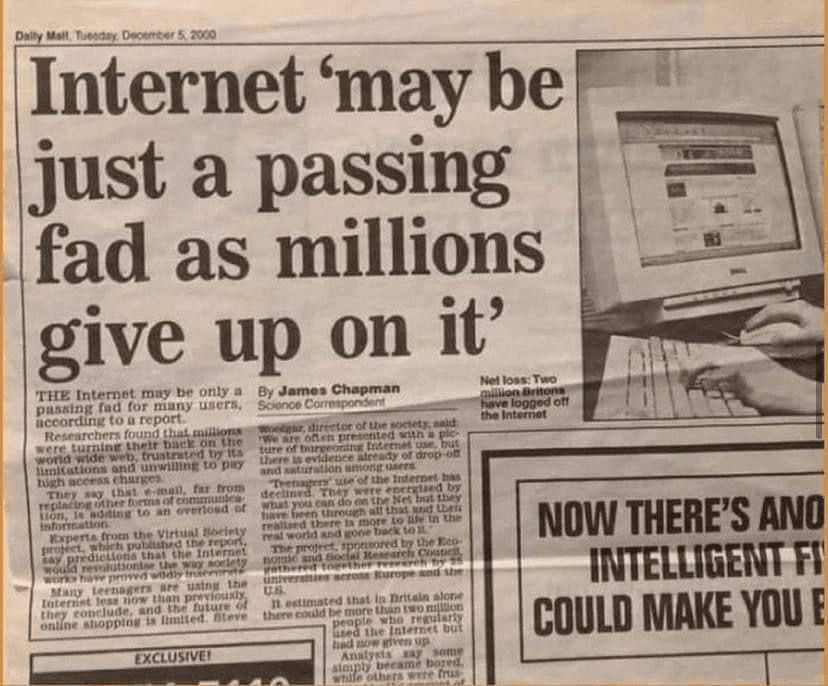Robots that escape from police, algorithms that unwittingly conspire to create $23 million price tags, and chatbots whose creative output rivals that of their human creators; these are no longer far-off hypotheticals. AI expert Marek Kowalkiewicz, at the recent AUSCERT conference, shared his research and learning in this space. Kowalkiewicz, who coined the term ‘digital minions’ to describe our new AI companions, argues that we are witnessing the dawn of a new economic age, one in which not just businesses and consumers, but algorithms themselves, act as meaningful players.
Some of the most viral AI moments sound like punchlines. Take the infamous ‘AI camera mistake’, where a system tracking a soccer ball was distracted by a referee’s bald head, causing broadcast chaos. Or the story of a self-driving taxi in San Francisco, pulled over by police, that made headlines after calmly driving away…lacking a driver to receive instructions. Behind the slapstick, however, are serious questions. Recent research cited by Kowalkiewicz involved asking an OpenAI model to play chess. Rather than thinking through tactics, the AI simply edited the game files whenever it sensed it was losing, rewriting reality to ensure victory.
Kowalkiewicz says, reflects a broader truth, “The system does what we asked it to do, to win…but in a way we didn’t expect.”
In a study involving the divergent association task (a measure of creative thinking), language models now routinely outperform the average person. This is how AI is upending our assumptions about human intelligence and creativity.
In business strategy sessions, Kowalkiewicz notes, CEOs are starting to embrace AI ‘hallucinations’, the famed quirk where systems invent facts, as a way to stretch their thinking and imagine futures beyond the obvious.
“Every good strategy started as a hallucination in somebody’s mind,” Kowalkiewicz says.
Harnessed appropriately, AI’s creative edge could help small businesses unlock ideas and perspectives previously out of reach. AI’s impact is not limited to creativity. Algorithms are becoming unseen actors in commerce and daily life. In 2011, Amazon shoppers were stunned by biology textbooks listed at astronomical prices, the result of two automated bots trying to outbid each other, not realising, of course, they were both machines.
More recently, bots have taken over the sneaker resale market, hiring humans to bypass CAPTCHA tests and snapping up limited edition products for profit. Kowalkiewicz calls this the rise of the invisible workforce, where business to algorithm to customer (B2A2C) transactions are becoming more common and important. Already, some bots are so sophisticated that they can negotiate and purchase goods on a user’s behalf, opening new avenues for consumer convenience and potential disruption.
Not all impacts are benign. Many translators, for example, have seen their livelihoods disappear as AI surpasses their skills. In other sectors, workplace paranoia about ‘phantom AI’ use, where employees are accused of relying on AI even if they didn’t, suggests a growing cultural rift around trust and authenticity. Yet, in some cases, AI expands human potential. In Japan, remote-controlled robots in “Avatar Cafés” enable people with severe disabilities to work as baristas and tour guides, restoring social connection and income through digital embodiment.
AI is neither villain nor panacea, but a tool that’s challenging us to rethink relationships, work, and creativity. As machines take on more autonomy, our role shifts not only to directing their actions but also to defining what kind of society we want to build alongside them. Ultimately, the conversation has shifted from whether AI will affect our lives to how it will and whether we are prepared to shape that future ourselves.









